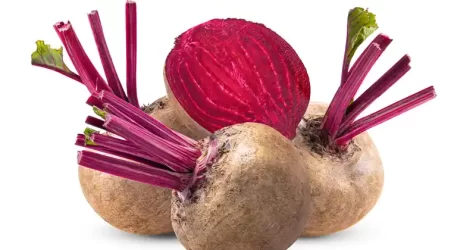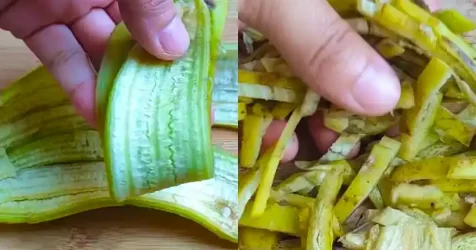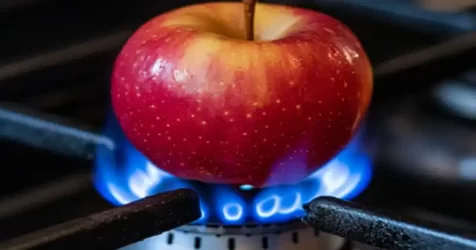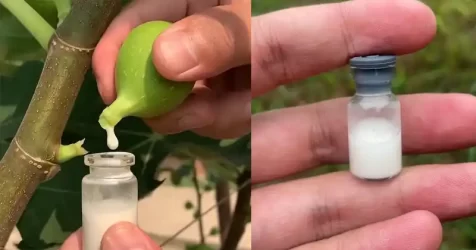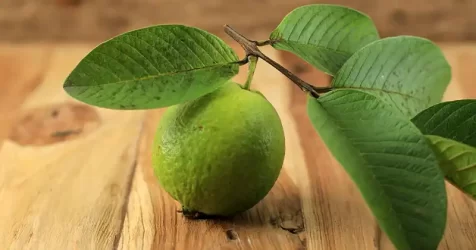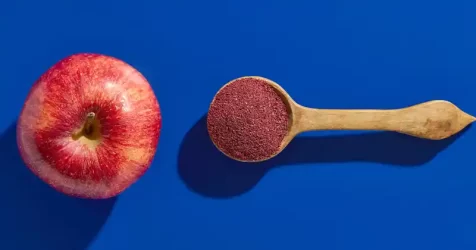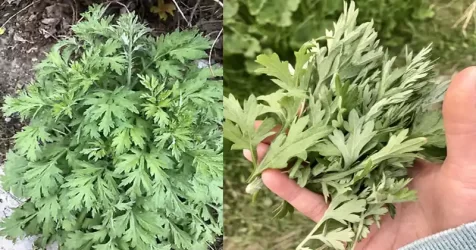How to Make Apple Cider Vinegar Using Only Apple Scraps

Making your own apple cider vinegar at home is easy, budget-friendly, and a perfect way to reduce waste by utilizing apple scraps. Instead of tossing away apple peels, cores, and any other parts you might usually discard, you can transform them into a flavorful, tangy vinegar. This vinegar can be used in cooking, as a cleaning solution, or even as part of your beauty routine.
Benefits of Using Apple Scraps
Using apple scraps is an eco-friendly option that reduces kitchen waste. Apple scraps, like peels and cores, contain the same nutrients and flavors as whole apples, so they’re ideal for creating vinegar. This homemade apple cider vinegar not only helps you get the most out of your produce, but it also has a range of benefits—from adding flavor to recipes to offering potential health benefits like aiding digestion and balancing skin pH. Plus, making it at home ensures you know exactly what’s in it, avoiding additives or preservatives.
Ingredients
To make apple cider vinegar from scraps, you’ll need:
- Apple scraps (peels, cores, etc.), ideally from organic apples to avoid pesticide residues.
- Filtered water
- Sugar (1-2 tablespoons for each cup of scraps; this helps start the fermentation)
Step-by-Step Instructions for Homemade Apple Cider Vinegar
- Gather and Prepare the Apple Scraps
Start by collecting apple peels, cores, and any leftover parts from apples. It’s best to use scraps from organic apples, as they won’t have pesticide residues. You can collect scraps gradually, storing them in the freezer until you have enough for a batch. - Combine Ingredients
Place your apple scraps into a clean glass jar, filling it about halfway to leave room for expansion during fermentation. Cover the scraps with filtered water, ensuring that all apple pieces are fully submerged. Add 1-2 tablespoons of sugar to each cup of water. Sugar fuels the fermentation process, turning the apple sugars into acetic acid, which gives vinegar its sour taste. - Cover the Jar Properly
Use a cloth or paper towel to cover the jar, securing it with a rubber band. This allows airflow while keeping dust and insects out. Avoid using a metal lid, as vinegar can react with metal, impacting both the taste and the container. - Allow the Fermentation to Begin
Place the jar in a warm, dark location where it can ferment undisturbed. A cupboard works well. Stir the mixture daily to prevent mold from forming on top and to encourage even fermentation. The sugar will gradually turn into alcohol and, over time, into acetic acid—the main component of vinegar. - Check for Vinegar Aroma and Strain
After about 1-2 weeks, you should notice a vinegary smell, signaling that fermentation is underway. At this stage, strain out the apple scraps, keeping only the liquid. Pour it back into the jar, cover it again with a clean cloth, and let it continue to ferment for another 3-4 weeks. - Taste and Store Your Vinegar
Taste the vinegar periodically to check if it’s reached the desired tanginess. Once it’s ready, transfer it to a clean glass bottle for storage. Homemade vinegar lasts for several months when stored in a cool, dark place.
Tips for the Best Homemade Apple Cider Vinegar
- Use Clean, Organic Scraps: This ensures no chemicals interfere with fermentation.
- Patience is Key: The longer you let your vinegar ferment, the richer and more developed the flavor will be.
- Avoid Metal Containers: Since vinegar is acidic, it can corrode metal. Stick to glass containers for fermentation and storage.
Potential Uses for Apple Cider Vinegar
Once you’ve made your apple cider vinegar, you’ll find many uses for it beyond cooking. You can use it as a natural household cleaner, dilute it for a refreshing drink, or apply it to your skin as a toner to balance pH. Some even use it as a natural hair rinse. This vinegar is versatile and a valuable addition to your pantry and self-care routine.
Final Thoughts
Homemade apple cider vinegar from apple scraps offers the same health and culinary benefits as store-bought varieties, with the added advantage of being waste-conscious. By repurposing scraps, you’re embracing a zero-waste philosophy while making a product that can enhance your meals, support your wellness routine, and reduce your environmental impact.
Give this simple recipe a try and discover how rewarding it can be to make vinegar from what would otherwise be food waste!

